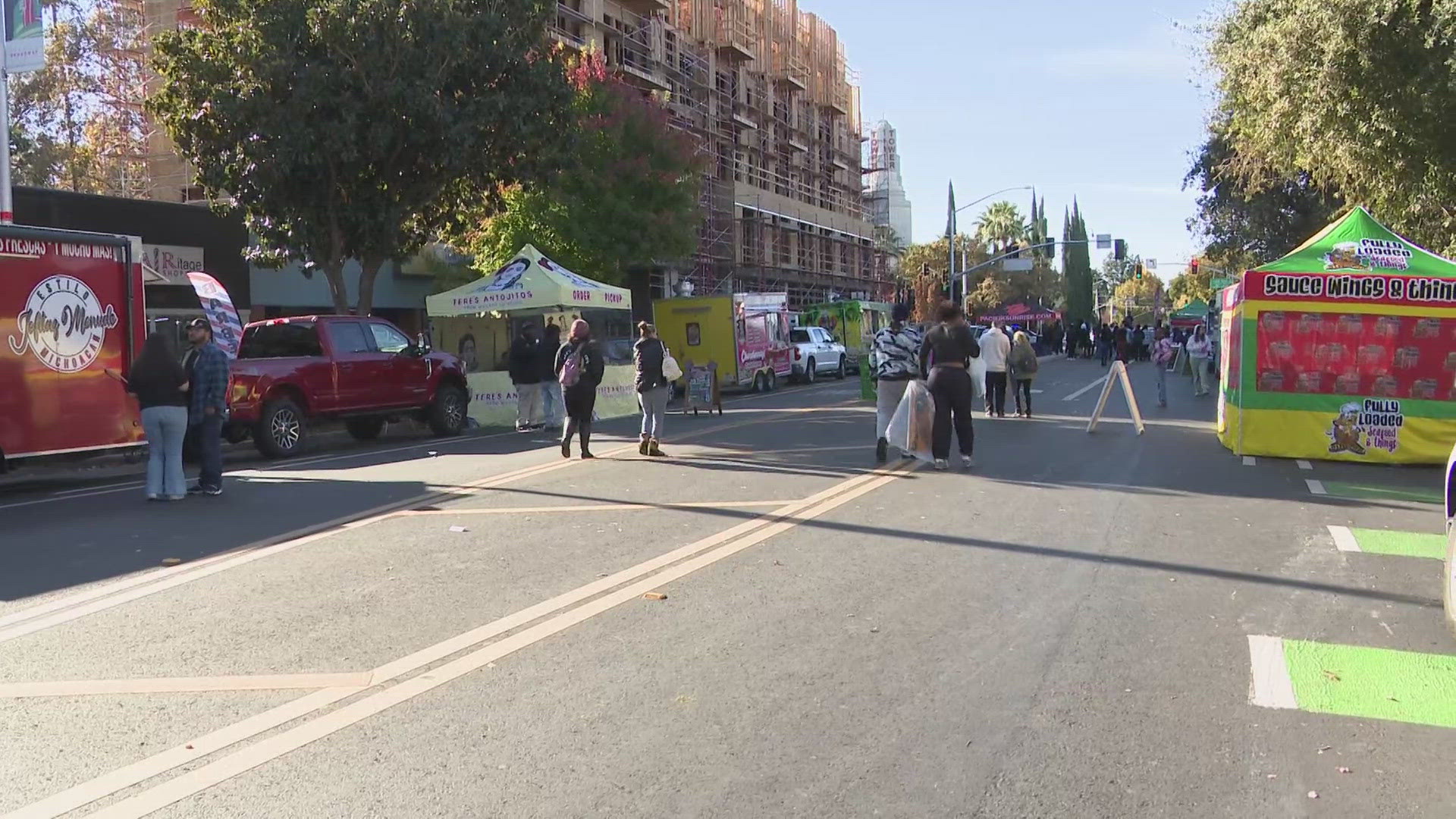If viewing on the ABC10 app, tap here to view multimedia
Finding pets seemed to only involve fliers and foot travel, but technology is changing the way people are finding their pets.
Whether it be in the community or in the shelter, pets and their owners can be reunited through social media, specialty apps, and the microchip.
According to American Society for the Prevention of Cruelty to Animals, old-fashioned methods like alerting neighbors, making calls, creating flyers, and searching the neighborhood still have value.
Annette Patton, Executive Director of the Stanislaus Animal Services Agency, says that the best way to find out if a pet is in the shelter is to physically visit the shelter, even among the numerous alternatives that the Stanislaus shelter offers.
Among those alternatives at the shelter are social media pages, an updating website, and participation in new apps. Patton added that the shelter is even looking to make a move toward Instagram and Twitter.
“Social media, I think anything electronic these days are what’s key in getting animals home, either through adoption or reunited with their owners,” Patton said.
Shelter Statistics
In the past 2017-2018 year, the Stanislaus animal shelter had 14,665 pet admissions. Incoming strays accounted for 12,889.
More than 1,110 were able to be returned to their owner. The shelter has generally returned more 1,000 animals every year to their owners since the 2010-2011 year.
Social media and the animal shelter
The Stanislaus County animal shelter’s website contains photos and updates of every animal in the shelter running 24/7.
“That’s just part of the process and always has been, because we know it’s really critical. You don’t want to miss that picture opportunity because somebody’s probably already looking and scrolling the website, looking for their animal to see if their dog is here,” said Patton.
The agency has also used social media as a way to push their pet adoptions and other animals in the shelter. This social media effort is not even limited to the pages that the shelter operates. They have also provided owners looking for their animals with a list of social media pages and websites to explore as they continue searching.
“Social media has really become a big component of reuniting dogs with their owners before they hit the shelter,” said Patton. “If we can reunite your dog outside of the shelter with the owner, that is the ideal situation.”
Using apps as an alternative
The Finding Rover app is a new effort the shelter is participating in to help reunite owners with their pets. Owners can take advantage of a facial recognition system that can help them see if their pet is in the shelter.
With any pet that leaves, the shelter will already be registered in the app’s database, so, if they get lost, they app help bring them back home.
“The concept is, if you have a dog at home, you should be loading your dog’s picture up on this app, and… when your dog goes missing, the Finding Rover app compares the picture of your dog to any of the animals that are connected with Finding Rover within a 200-mile range,” Patton said.
Even though the shelter is currently posting photos of all the animals in the shelter online, Patton reasons that it’s just another way the shelter is providing an alternative to pet owners.
Microchips help reunite animals
The Stanislaus County Animal Services Agency was able to play host to a reunion between an owner and pet who were reunited after two years apart. The cat’s microchip played a big a role in their reunion.
According to the shelter, the cat ended up in the shelter this week after being found only one street away from her home. She entered the pound as a stray after being found one street away from her home.
On Facebook, the shelter touted the emotional reunion.
At the shelter, every animal leaving gets a microchip, even those getting reclaimed by the owner. The shelter has found that animals with a microchip tend to be reunited with their owners sooner.



